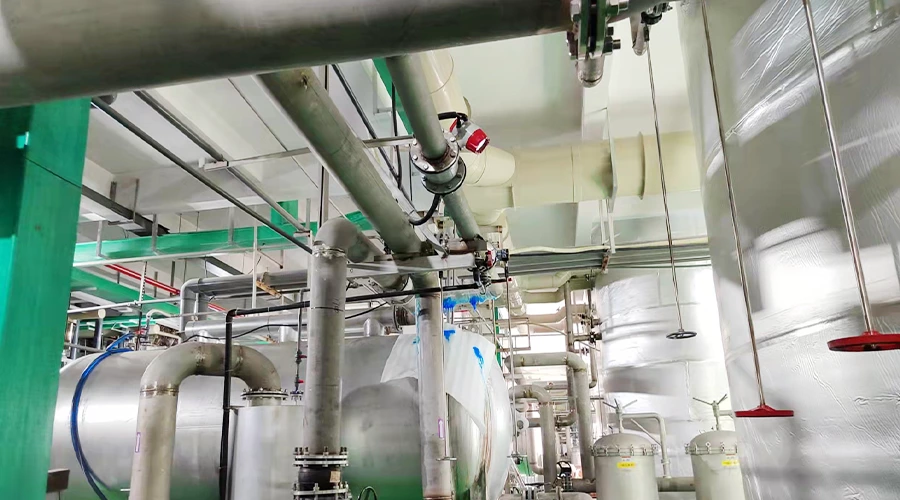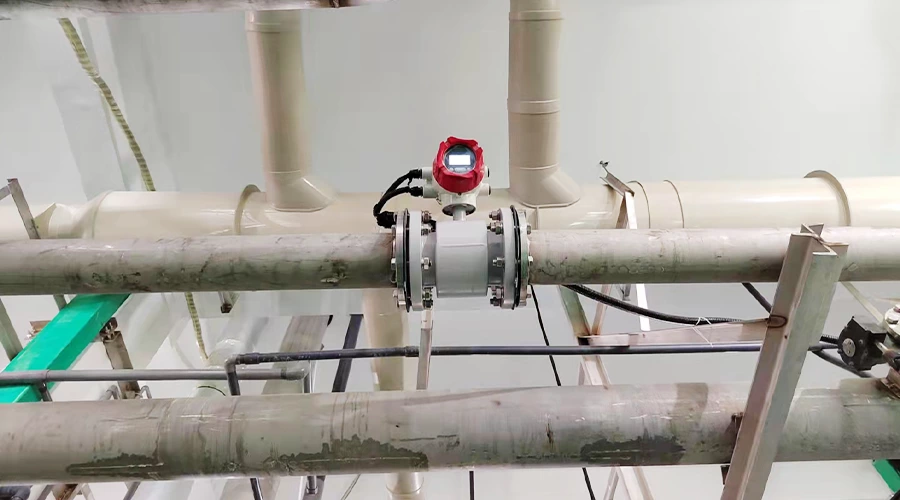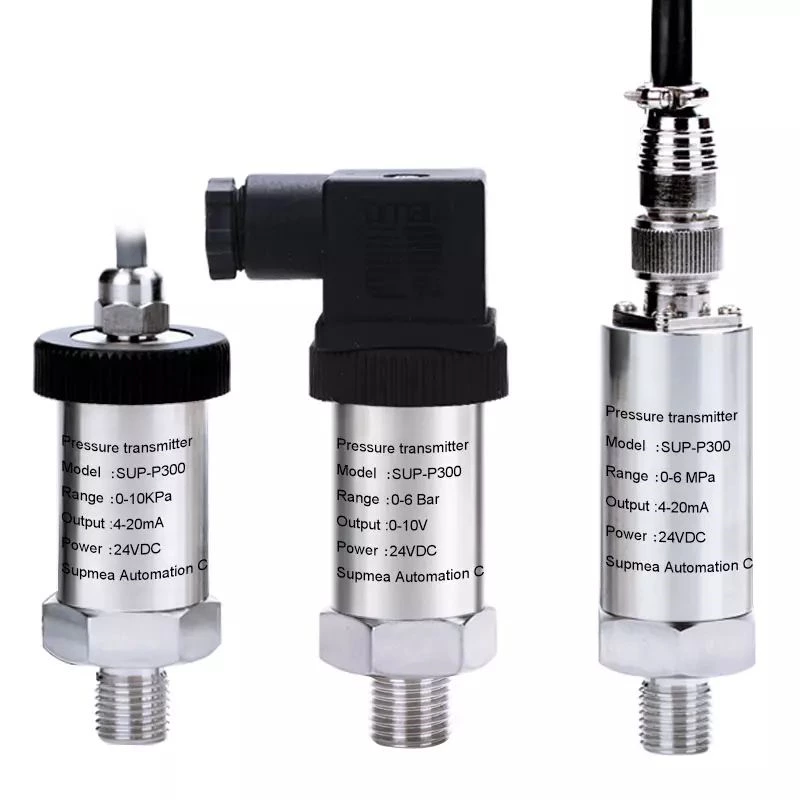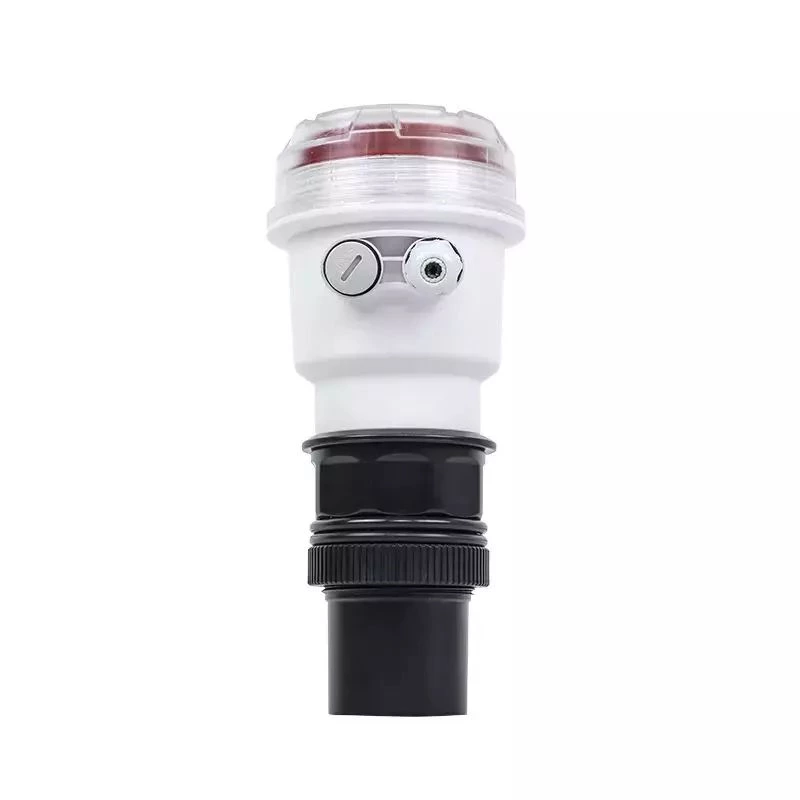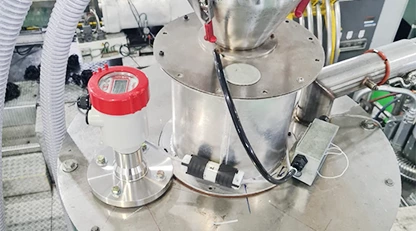Brief Introduction
The application of traditional papermaking technology is limited by conditions and mechanical facilities, and can no longer meet the development needs of the current fast-paced social market economy. Improving the innovative development of papermaking technology and gradually improving the efficiency and quality requirements of papermaking have become an inevitable trend in the history of accelerating the upgrading of traditional papermaking technology. Especially the instrument automation control in the pulping process can improve the production efficiency and quality of the existing technical equipment. Under the premise of ensuring real-time monitoring, gradually improve the operating safety factor in the pulping process, so that enterprises can carry out normal production and operation activities. For this reason, the use of automatic instruments in the pulping process should be strengthened. Starting from technological upgrading, facility renovation, and personnel skill training, it will bring more scientific and technological power to the pulp and paper industry and create more economic benefits for the future development of the enterprise.
At present, with the advent of the industrial information age, the production and management goals dominated by safety, high efficiency, and high quality have become the main trend of the development of industrial enterprises in the future, and have also become the action goals of innovation and development of traditional enterprises, especially, The performance in the development and construction of papermaking enterprises is particularly prominent. The traditional pulping and papermaking technology is restricted by mechanical equipment factors and usually uses manual operation, including the implementation standards of production technology and the normal operation of the production line status, which need to be implemented by manual operations, which limits the production efficiency and quality of product control. At the same time, operational loopholes caused by human factors are likely to cause potential safety hazards. For this reason, improving the working efficiency of facilities and applying automated instrumentation equipment is the only way for the construction and development of papermaking enterprises.
Brief Overview of Pulping and Papermaking Process
As an important link in the papermaking process, pulp and papermaking provide basic raw materials for the normal production of paper products. It is a technological process in which raw materials containing a large amount of plant fibers are subjected to disc grinding and other processes in an environment of high temperature and high pressure to obtain fiber pulp. The pulping process adopted is mainly divided into chemical and mechanical methods and a combination of the two. There are three categories including comprehensive methods. Its production process is mainly reflected in the following: Taking the comprehensive pulping method as an example, chemically treat the raw material sheets such as plant bodies that have been added by adding chemical raw materials, and then separate the fibers by mechanical disc grinding The material is finally formed into pulp, and 25%~50% of lignin and 30%~40% of hemicellulose in the raw material are removed, and the intercellular layer material is partially dissolved.
From the perspective of pulping practice, the required equipment is mainly composed of a power system, transmission system, production system, storage container, cooking facilities, sensor instrument, online analysis instrument, warning system, and other parts, including transmission motor, transformer, etc., conveying pipelines, cutting machines, pulping storage tanks, vertical digesters, temperature control instruments, etc., constitute the technical facilities required for the pulping and papermaking process. The characteristics reflected by it are strong and comprehensive, and various systems are arranged and combined in an appropriate way to form an organically unified whole; at the same time, the coherence is strong, and the implementation of the pulping process is continuous, including material delivery. As well as the production of finished products, the intermediate links are indispensable.
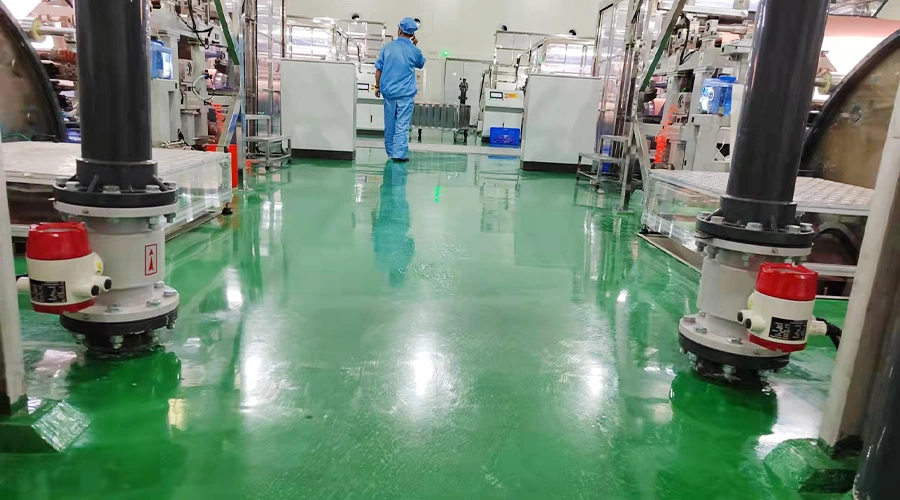
Brief overview of instrument automation
Instrument automation is the main form of facility technology improvement in the modern industrial production process. Aiming at the mechanical working mode of traditional instrument equipment, automation upgrades are carried out to further improve the accuracy, safety, and timeliness of instruments and other equipment. The application of its technology mainly relies on electronic information science and technology and is implemented according to the working characteristics and technical parameter requirements of the facility. Its form is to arrange various types of components in groups according to established design parameter standards, and at the same time adapt to the functional requirements of production operations under various conditions. The types of facilities required include capacitor components, transformer instruments, circuits, comprehensive Type temperature control instruments, online analysis instruments, displays, etc. The main features of automated instruments are mainly reflected in the following aspects:
On the one hand, the degree of automation is relatively high. Relying on the use of electronic components and sensing instruments and other facilities, the operability of traditional mechanical equipment has been improved, and the original manual work has been transformed into instruments and equipment. The accuracy of technical implementation standards and improved efficiency.
On the one hand, with electrified components as the main body, the important basis for realizing the form of automated operations is to rely on the effective combination of many electronic component units to realize the technical transformation of the original operating parts to be electrified, automated, and intelligent, and to change the data loopholes that rely on manual operations. , security risks cannot be effectively investigated. On the other hand, the safety reliability is high, especially for the safety inspection of important links and the operation status of the production line, it can be supervised, and the alarm information can be processed for the existing problem parts.
The main content of instrument automation control in pulp and papermaking
It can be known from the actual status quo of dust production in pulp and papermaking enterprises that the main role played by the electrification of pulping and papermaking processes is efficiency, technology, personnel, quality leather and other aspects of the improvement of achievements. It is to strengthen the coordination and overall control of various process technology equipment, the second is to provide operators with the ability to monitor the equipment and production status, and the third is to apply mathematical models to predict and simulate process changes and future conditions, and to These changes take corresponding control measures. The fourth is to collect and collect various production operation information data to provide a reference basis for designing production plans.
In the pulping process, automatic control mainly focuses on the control of cooking, refining, blending, and beating. On the one hand, through the logical sequence control of the motors and solenoid valves in the production process, on the other hand, it adjusts the process parameters of various valves on the tanks and process pipelines. With the development of electronic technology, controllers with PLC as the mainstream product have been widely used and continue to develop, gradually appearing in the form of a process control system, with the ability to engage in complex control. The emergence of new operating terminals and the advancement of LCD technology, especially the enhancement of PLC controller communication capabilities, have made intelligent and dynamic man-machine interfaces more and more used in key control points of pulping production, such as steaming balls.
For pulp refining, pulp blending, and other parts, a touch-type liquid crystal display operation terminal is equipped at the controlled site, which can be easily connected with PLC and integrated into the operating system of the controller. The touch interface can reflect the overall and partial information of the production process, which can be displayed in the form of digital quantities and bar graphs, and its related parameters can also be displayed in the form of trend graphs, providing operators with more intuitive and effective real-time data for easy operation The operator controls the various process parameters in time.

